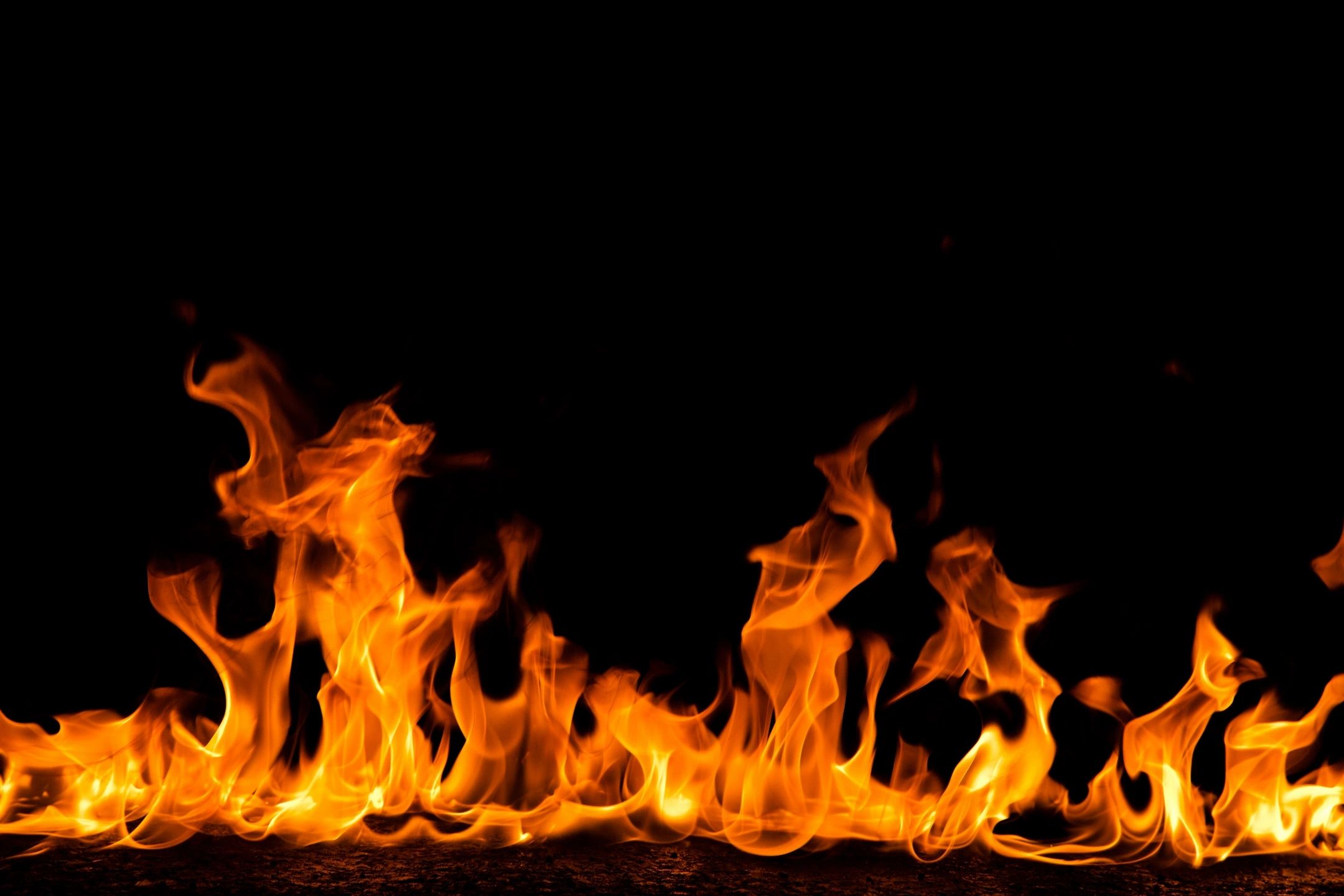According to federal officials, Western Canada and the North are anticipated to encounter an increased wildfire risk in June. Despite British Columbia and Alberta benefiting from favorable spring conditions resulting in fewer wildfires and evacuations, officials caution that the situation may swiftly evolve. They further highlight a projected escalation in wildfire activity during the summer.
Julienne Morissette, director of wildland policy research and operations at Natural Resources Canada, noted that the current national wildfire situation aligns with normal seasonal levels. However, Morissette emphasized that the prevalence of rainfall in numerous provinces has temporarily subdued many wildfires, with the caveat that this situation remains subject to change. [Canada, wildfires, risk assessment, federal warning, Natural Resources Canada, wildfire policy, seasonal outlook]
She highlighted that Saskatchewan, Alberta, and British Columbia are at a heightened risk of wildfires in May.
“I happen to be sitting in Alberta and the situation does look quite different. It is a bit cooler,” Morissette said. “The snow melt has been later. There is quite a bit of precipitation more recently in Alberta.
“All that to say, while it looks more positive, we’re under the effects of significant drought.”
Currently, there are 87 active wildfires blazing across Canada, with six of them deemed out of control while the remainder are either held or under control. The majority of these active wildfires are concentrated in Alberta, British Columbia, and Manitoba. Since the beginning of the year, approximately 1.47 million hectares have been consumed by fire
Morissette emphasized that spring stands as a crucial phase for fire occurrence, especially within the boreal forest. Tree species such as aspen, poplar, and birch remain more susceptible to ignition during this time due to their lack of fully sprouted leaves.
While human activity typically triggers these wildfires inadvertently, through sources like sparks from ATVs, train tracks, or unattended campfires, June’s wildfires commonly stem from lightning strikes.
Regarding the outlook for June, Morissette indicated that the likelihood of “above normal fire activity” will extend to the Yukon and the Northwest Territories.
“As temperatures warm, things can dry really quickly. They look good at this moment,” she said. “That is why we urge Canadians to follow the restrictions that local authorities put in place.”
During a distinct briefing, numerous federal cabinet ministers addressed the hazards Canadians should ready themselves for.



